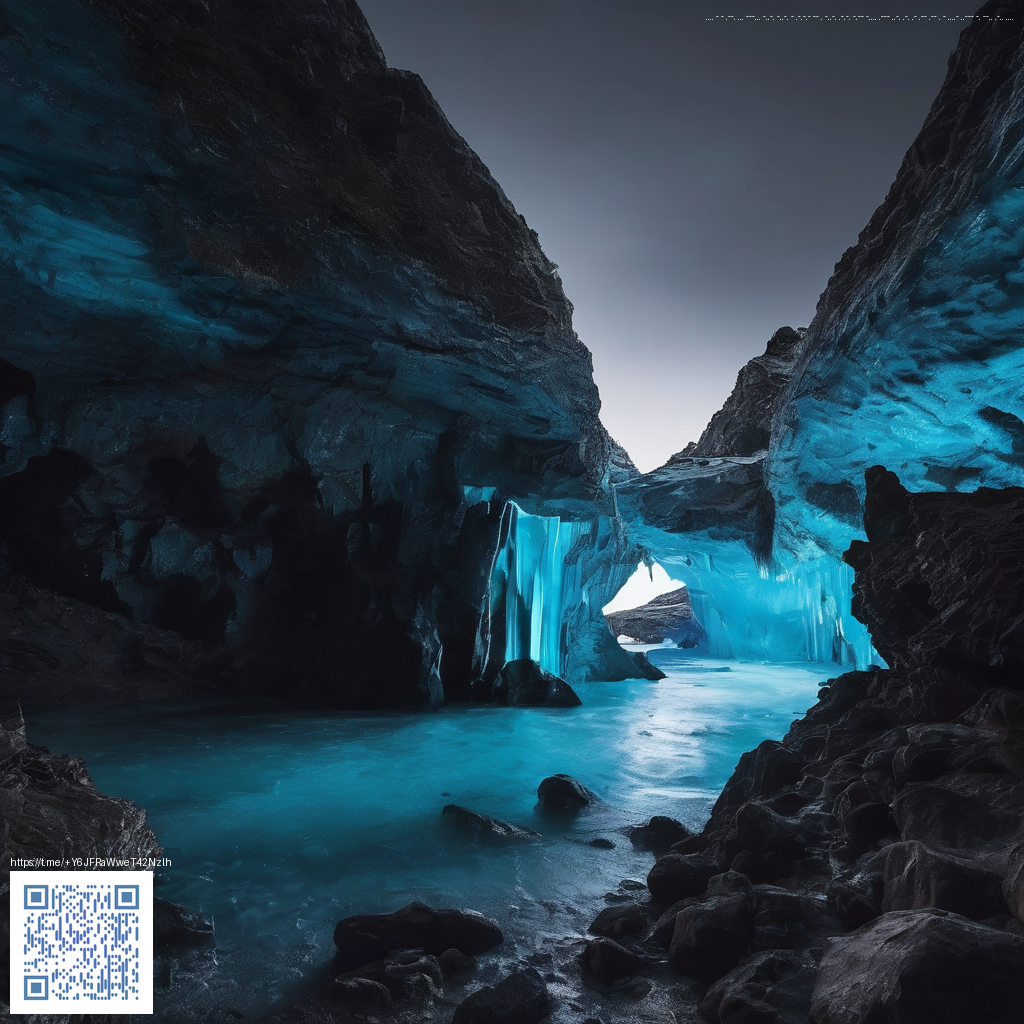
Exploring Grunge Texture Packs for Digital Designers
Grunge texture packs have become a staple for digital designers who want to inject personality, character, and a touch of weathered realism into their work. These textures—ranging from scratched surfaces and faded paper to rough concrete and worn fabrics—offer a tactile depth that flat vector work often struggles to reproduce. When used thoughtfully, grunge textures can elevate interfaces, packaging visuals, and marketing collateral by adding atmosphere without overpowering the main message.
What makes grunge textures valuable
Texture is emotion. A well-chosen grunge layer can convey age, resilience, and a handmade feel that resonates with audiences in ways clean, sterile graphics sometimes cannot. Designers often rely on texture to create visual hierarchy, guide the eye, and bring warmth to cool, digital layouts. The best packs provide a balanced library of marks—subtle scratches, torn edges, flecks, and ink bleeds—that you can blend into your composition rather than overwhelm it.
Texture should support the narrative of your design, not steal the spotlight. When used sparingly, it becomes a storyteller rather than a background noise.
In practice, the most effective grunge textures are versatile. They work in branding, hero images, product photography backdrops, and even UI overlays. The goal is to achieve controlled grit—enough texture to feel authentic, but not so much that it competes with typography or primary imagery. Look for packs that offer textures with varying intensities, seamless tiling options, and grayscale versions to maintain color flexibility across projects.
Working with textures: practical tips
- Start with a neutral base: a clean canvas or a muted background helps the texture sit without competing with your main artwork.
- Keep grayscale textures for maximum color freedom. A monochrome texture can be tinted to suit different palettes without distorting the effect.
- Experiment with blend modes like Multiply, Overlay, and Soft Light to weave texture into shadows, highlights, and midtones.
- Use subtle opacity adjustments; even a 5–15% application can add depth without overpowering the design.
- Pay attention to resolution. For digital work, 2048 px or higher works well; for print, aim higher and ensure textures stay crisp when enlarged.
Textures in practice: UI, branding, and packaging
In UI design, grunge textures can add tactile cues to buttons, cards, or navigation surfaces, suggesting tactility in a digital environment. For branding, a grunge-forward approach pairs nicely with eco-friendly, vintage, or streetwear aesthetics, helping a brand feel grounded in real-world materiality. Packaging design benefits too: textures on mockups can imply durability, imperfect craftsmanship, or rugged authenticity—key selling points for products that want to stand out in crowded marketplaces.
For designers who frequently photograph or present products in mockups, textures can be integrated alongside real-world items to convey mood. In this context, you might explore complementary textures while showcasing tangible objects like this product: Neon Cardholder Phone Case Slim MagSafe Polycarbonate. The pairing demonstrates how texture and material interact in a believable, tactile setting, whether in a social post, an online store, or a presentation deck.
Curating a collection of textures also means curating context. A well-organized pack with sample projects, lookup tables, and layered files can streamline your workflow. It’s worth testing textures against different design moods—industrial, vintage, street, and grunge chic—to understand how each texture influences readability, contrast, and atmosphere. If you’re looking for curated inspiration, this page offers a thoughtful showcase of ideas and applications: https://y-donate.zero-static.xyz/becf590b.html.